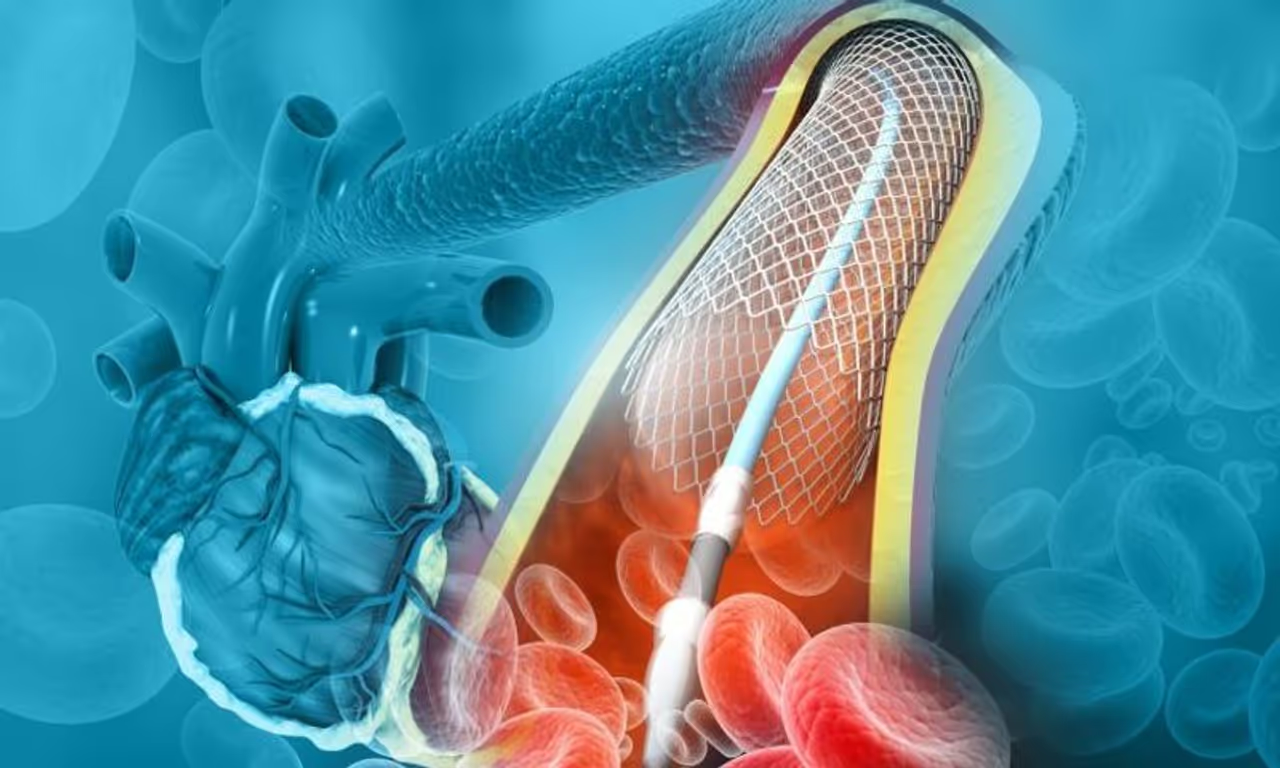Angioplasty and stent placement are invaluable medical procedures for addressing narrowed or blocked arteries, particularly in cases of coronary artery disease. They offer patients a chance for improved blood flow, reduced risk of heart attack, and enhanced quality of life.

Angioplasty and stent placement are crucial medical procedures used to alleviate the effects of significant narrowing or blocked arteries, primarily employed in treating coronary artery disease. This article provides essential information about these procedures, their purposes, performance, potential risks, and post-procedure care.
Understanding Angioplasty and Stent Placement
Purpose:
- Coronary Artery Disease: The primary use of angioplasty and stent placement is to address coronary artery disease. This condition involves the narrowing or blockage of coronary arteries that supply blood to the heart muscle.
- Other Conditions: These procedures can also be applied to treat blockages in the legs, arms, or neck arteries.

Procedure Overview:
- Anaesthesia: Generally performed under local anaesthesia, allowing the patient to stay awake while the treated area is numbed. In some cases, general anaesthesia might be used.
- Access Point: An incision is made in the groin or wrist area.
- Catheter Insertion: A catheter (a thin, flexible tube) is introduced through the incision and navigated through blood vessels to reach the narrowed or blocked artery. After catheter insertion, a fine wire or wires is passed through the narrowed or blocked artery. Through this wire, the balloon is inflated at the site of the blockage, expanding the artery and subsequently, stents(a small, metal mesh tube) are positioned and deployed.
- Duration: The procedure typically lasts around 30 minutes.
Cutting-edge techniques:
- FFR: this is a reliable and reproducible tool to assess if angioplasty is needed or not in the first place.
- IVUS: this is an intracoronary ultrasound technique which facilitates the vessel preparation and optimises the stent placement.
- OCT: This infrared light-based imaging technique ensures ‘precision angioplasty’, and is shown to improve both short-term and long-term outcomes of angioplasty.

Currently, there are various types of stents, mostly drug-eluting stents, which are metal stents (usually made of materials like stainless steel or cobalt-chromium) that have a special coating containing drugs, typically anti-proliferative drugs. There are bioabsorbable stents also known as bioresorbable vascular scaffolds (BVS) which are made from materials that gradually dissolve in the body over time. They do not leave a permanent metal implant behind. These have niche indications for use. Once a stent is inserted, one needs to be on blood thinners two of them for a year, and mostly one blood thinner for life.
Recovery:
- Same-Day Discharge: Many patients can go home on the same day as the procedure.
- Rest and Avoidance of Strenuous Activity: Rest and avoidance of strenuous activities are recommended for a few days post-procedure.
Risks and Considerations
While angioplasty and stent placement are generally safe, it's crucial to be aware of potential risks, including:
- Bleeding: Bleeding at the insertion site is a common but usually minor risk.
- Infection: Infection at the site of the procedure is rare but possible.
- Artery Damage: There's a minimal risk of damage to the artery during the procedure.
- Heart Attack: Although uncommon, there's a risk of a heart attack during or after the procedure. It can be life threatening in some cases and has a mortality rate of 1% which can be higher in primary angioplasty or complex angioplasty.
- Stroke: In rare cases, a stroke may occur during the procedure.

Post-Procedure Care
- Medications: Take prescribed medicines to prevent blood clots and reduce the risk of artery narrowing again.
- Lifestyle Changes: Make necessary lifestyle changes, such as adopting a heart-healthy diet, engaging in regular exercise, and quitting smoking.
- Follow-Up: Attend scheduled follow-up appointments with your healthcare provider.
- Symptom Monitoring: Pay attention to any unusual symptoms and report them promptly to your healthcare team.
Angioplasty and stent placement are invaluable medical procedures for addressing narrowed or blocked arteries, particularly in cases of coronary artery disease. They offer patients a chance for improved blood flow, reduced risk of heart attack, and enhanced quality of life. Understanding the procedure, potential risks, and post-procedure care is crucial to ensure a successful recovery and long-term well-being.
-Dr. Rajpal Singh, Director - Interventional Cardiology, Fortis Hospital, Bannerghatta Road, Bengaluru
